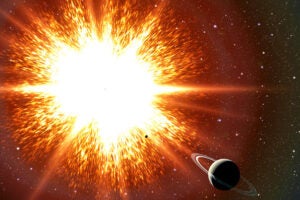Tag: Milky Way
-
Nation & World
Finding explanation for Milky Way’s warp
The Center for Astrophysics | Harvard and Smithsonian’s results bolster hypothesis of how galaxy evolved.
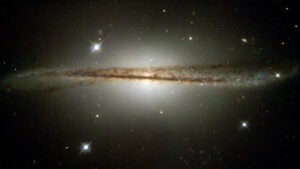
-
Nation & World
Tantalizing transit
Signs of a planet transiting a star outside of the Milky Way galaxy may have been detected for the first time.
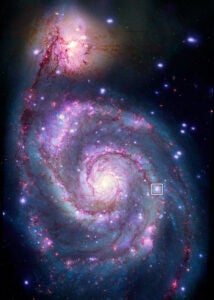
-
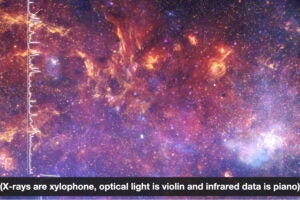
-
Nation & World
Milky Way had blowout bash 6 million years ago
Researchers analyzed archival X-ray observations from the XMM-Newton spacecraft and found that the missing mass from the Milky Way is in the form of a million-degree gaseous fog permeating our galaxy.
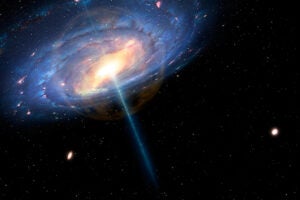
-
Nation & World
The trouble with Kepler
A malfunction aboard NASA’s Kepler Space Telescope has jeopardized what has been one of the agency’s highest-profile missions, one that has revealed a galaxy rich with planets. The Gazette talked to Astronomy Professor Dimitar Sasselov, one of the mission’s principal investigators, about the implications.
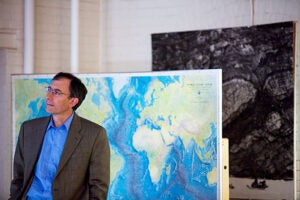
-
Nation & World
First ‘bone’ of the Milky Way identified
Astronomers have identified a new structure in the Milky Way: a long tendril of dust and gas that they are calling a “bone.”
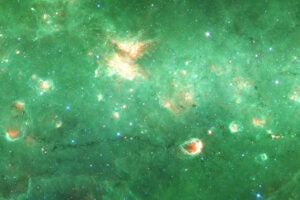
-
Nation & World
Search for Earth’s twin shows promise
The quest for a twin Earth is heating up. Francois Fressin, of the Harvard-Smithsonian Center for Astrophysics (CfA), presented the new analysis of Kepler data that shows that about 17 percent of stars have an Earth-sized planet in an orbit closer than Mercury.
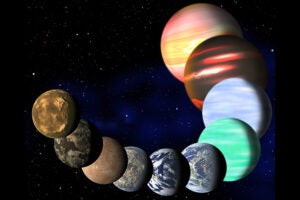
-
Nation & World
Planets form in cosmic maelstrom
At first glance, the center of the Milky Way seems like a very inhospitable place to try to form a planet. New research by astronomers at the Harvard-Smithsonian Center for Astrophysics shows that planets still can form in this cosmic maelstrom.
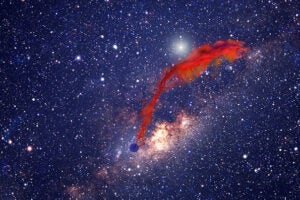
-
Nation & World
A Milky Way cooling its jets
Harvard-Smithsonian Center for Astrophysics’ astronomers have detected for the first time jets of gamma rays extending thousands of light years from the Milky Way’s core, confirming expectations based on observations of other galaxies.
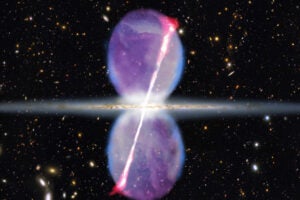
-
Nation & World
Black holes feed on stars
New research by astronomers at the University of Utah and the Harvard-Smithsonian Center for Astrophysics shows that supermassive black holes can grow big by ripping apart double-star systems and swallowing one of the stars.
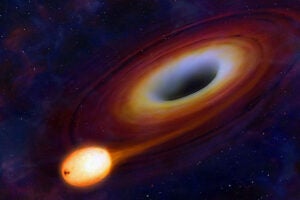
-
Nation & World
Planet starship
Seven years ago, astronomers boggled when they found the first runaway star flying out of our galaxy at a speed of 1.5 million miles per hour. The discovery intrigued theorists, who wondered: If a star can get tossed outward at such an extreme velocity, could the same thing happen to planets? New research shows that…

-
Nation & World
Planets, planets everywhere
The rapid rise in discoveries of planets circling other stars is changing astronomers’ views of the galaxy and the Earth’s place in it, giving impetus to the search for extraterrestrial life, astronomer and Radcliffe Fellow Ray Jayawardhana says.

-
Nation & World
When old stars slow down
New research from the Harvard-Smithsonian Center for Astrophysics shows that some old stars might be held up by their rapid spins, and when they slow down, they explode as supernovae. Thousands of these “time bombs” could be scattered throughout our Galaxy.
